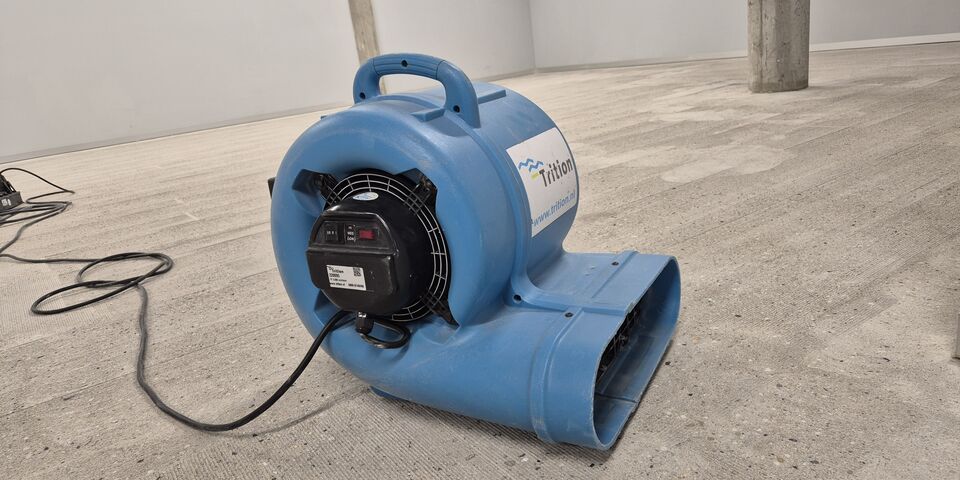Technical error caused Gemini leakage, damage still unknown
A technical execution error in a coupling of the water pipes was the cause of the flooding in the basement of Gemini-North. The building had just been renovated when it was hit by water damage at the end of June. The exact extent of the damage—and who will ultimately be held responsible—is still under investigation.
At the end of June, a defective coupling in the water pipes caused flooding in the basement of Gemini-North. The eastern half of the basement (on the Flux side) and several ground-floor offices were particularly affected.
It has since been confirmed that the leakage was caused by a technical execution error in the coupling. The component initially functioned as intended but failed after some time. A new coupling was installed the day after the defect was located.
The exact amount of damage—and responsibility for it—is still being investigated. TU/e is insured against damage and is claiming the costs related to this incident. The defective coupling was located in the water pipes on the first floor, behind a closed wall in a pantry. To access it, a hole had to be cut into the wall. This made it more difficult to identify the source of the leak. For several days, water had to be pumped out and drained away.
During the summer vacation, a drying plan was carried out and is progressing well, says Annelien Besijn, communications officer at Campus & Facilities. “In various places, around thirty industrial dehumidifiers and sixty fans are running to dry out the rooms properly. To make this possible, marmoleum and PVC flooring were removed in several areas, and the screed layer underneath was scraped away. This exposes the concrete so the drying equipment can reach it effectively,” she explains.
Consequences
Only once everything has completely dried can the actual damage be determined. “After that, we can work with a contractor to assess which repair work is needed and which equipment and materials must be replaced. It will therefore take quite some time before all rooms are fully usable again. Users are being kept informed and will be the first to hear about the planning. Everyone involved is very aware of the urgency and is doing everything possible to minimize inconvenience for users in the meantime.”
Campus & Facilities is currently coordinating with the insurer to plan the restoration work. Within two weeks, the department expects to have a clear overview of the schedule.
The Microfablab had not yet moved into the building at the time of the flooding and continues to operate from temporary facilities located on the former parking spaces between Gemini and MetaForum. Some PhD workspaces had already been set up but have now been temporarily relocated.
In the western half of the basement and in the higher parts of the building, there was no flooding. As a result, the Department of Mechanical Engineering was not hindered in connecting equipment. Lecture halls and the Department of Automotive have been operational again since August. For the Thermo Fluids Engineering (TFE) research group, which focuses on heat and flow dynamics, the situation was more complicated. “The hydrogen lab was cleared for use on Monday, September 1, and the laser lab in the basement had already reopened earlier,” says Besijn.
This article was translated using AI-assisted tools and reviewed by an editor.


Discussion